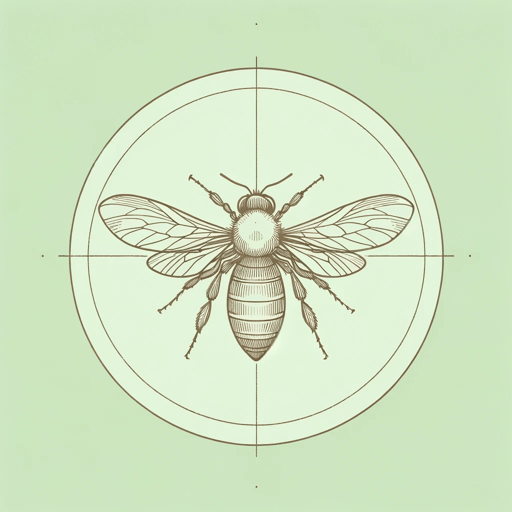47 pages • 1 hour read
Eileen GarvinThe Music of Bees
Fiction | Novel | Adult | Published in 2021A modern alternative to SparkNotes and CliffsNotes, SuperSummary offers high-quality Study Guides with detailed chapter summaries and analysis of major themes, characters, and more.
Background
Historical Context: Bee Populations and Pesticides
Content Warning: This section discusses mental health conditions.
Bees perform vital functions for the ecosystem. They pollinate 80% of flowering plants and many types of fruit, nuts, and vegetables. In addition, they produce food for wildlife, help maintain soil health, and help keep water clean. In recent decades, both commercial and wild bee populations have declined. Commercial honeybee colonies fell by more than 30% from 1989 to 2008, according to the National Agricultural Statistics Service (USAFacts Team. “How Much Have US Bee Populations Fallen, and Why?” USAFacts, 5 May 2023). Annual loss rates in the 1980s were as high as 9% nationwide but have moderated since then. For the decade 2012-2022, the highest loss rate was 4%, but regional variations were significant. According to USAFacts, “Kansas had the highest average quarterly colony loss rate between 2015 and 2022, losing one-fifth of state honeybee colonies each season.” Data on wild honeybees is harder to gather, but experts believe that their numbers are in steady decline.
In addition to the presence of parasites and the destruction of habitats, a significant cause of declining bee populations is the growing use of pesticides, which are applied, for example, to agricultural crops and horticultural gardens.
Featured Collections
Animals in Literature
View Collection
Beauty
View Collection
Community
View Collection
Contemporary Books on Social Justice
View Collection
Disability
View Collection
Earth Day
View Collection
Friendship
View Collection
Health & Medicine
View Collection
Mental Illness
View Collection
National Suicide Prevention Month
View Collection
Popular Book Club Picks
View Collection
Science & Nature
View Collection
The Best of "Best Book" Lists
View Collection

